Description
- Looks at interactions between genetic and environmental factors such as the maternal immune environment and prenatal/postnatal environmental stressors
- Summarizes evidence for oxidative damage and inflammation in autism
- Introduces a PDD behavior inventory as a tool for assessing autism
- Considers autism as an aberrant adaptive response to neuroinflammation and oxidative stress
- Examines the role of abnormal calcium signaling and the hypothesis that it may represent a target for novel therapeutics
- Presents a hypothesis that autism arises from the dysregulation of a unified gut/brain system rather than originating in the brain alone
- Proposes the utility of using a biopsychosocial method to treat autism
This book shows us that autism is not only developmental but also a chronic condition based on active pathophysiology, and that it is not only behavioral but also presents somatic and systemic features. The findings in these chapters support the theory that oxidative stress plays an important role in autism. They also point to the value of conducting in-depth mechanistic studies as a way to uncover new targets for therapeutic intervention in autism.
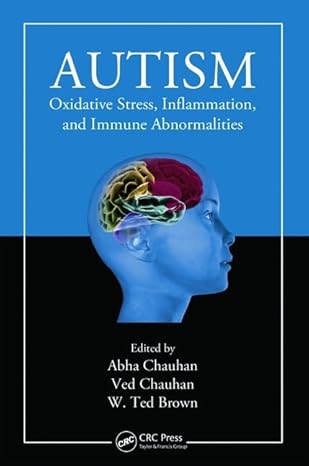
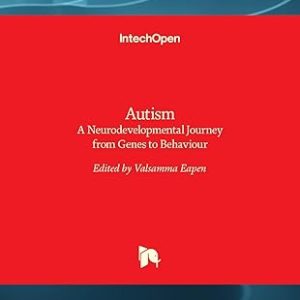

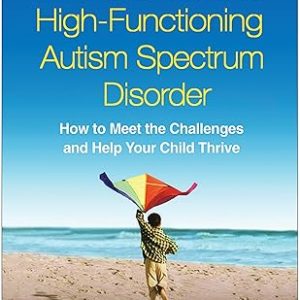



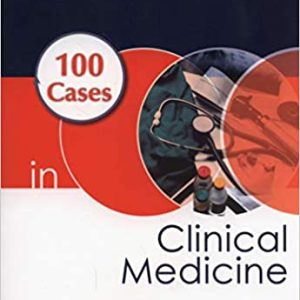


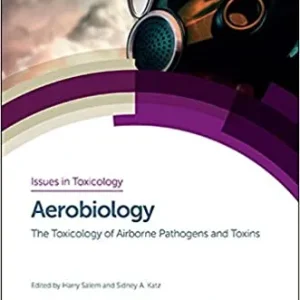
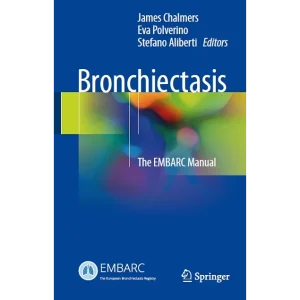

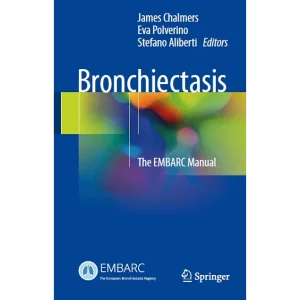






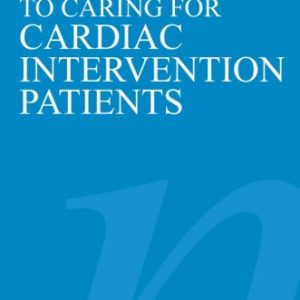
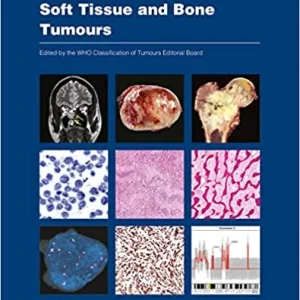


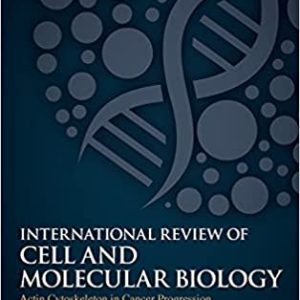

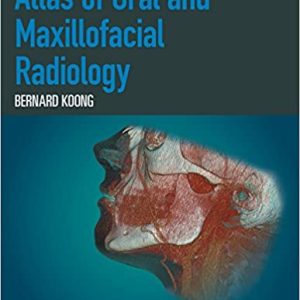

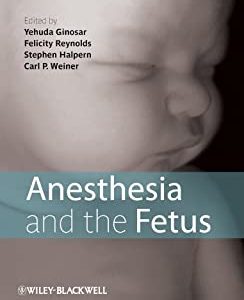
Reviews
There are no reviews yet.